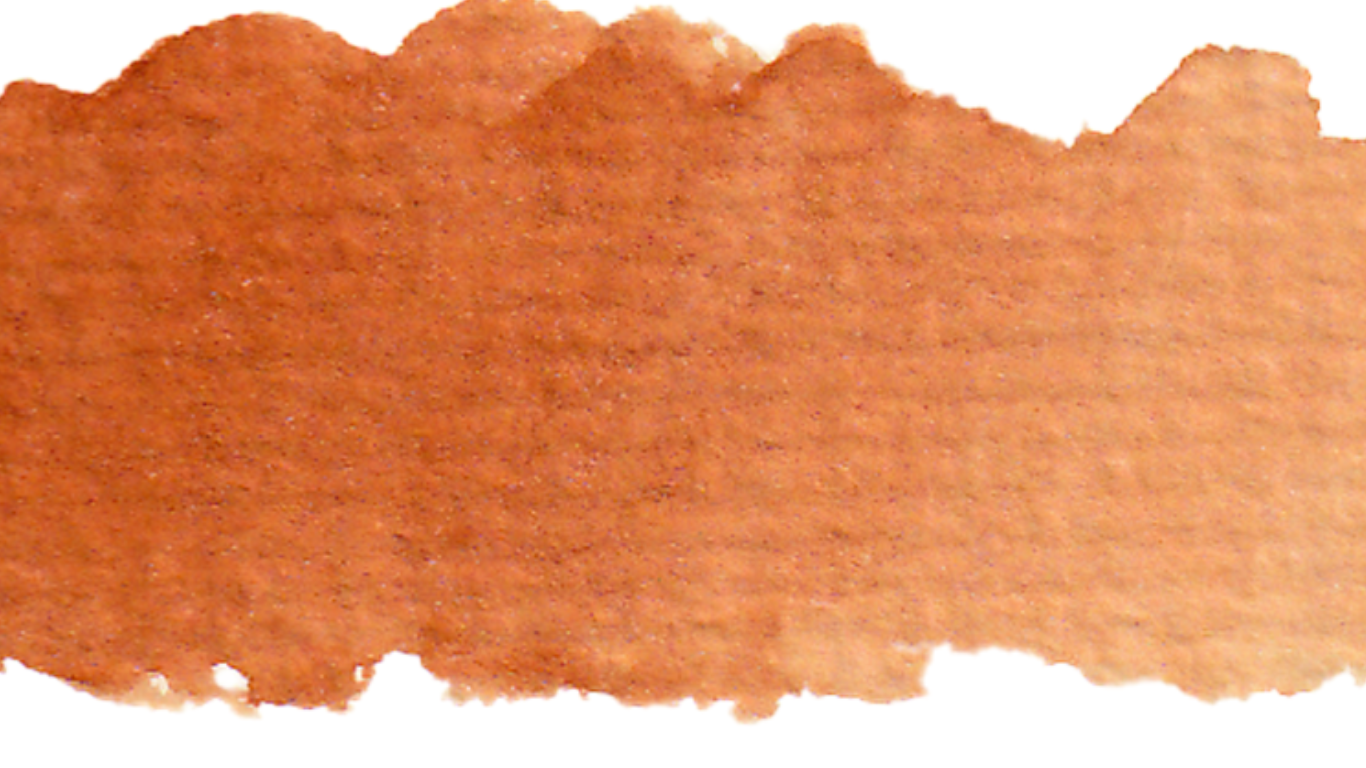Watercolor painting is an elegant and versatile medium that allows artists to express their creativity through washes, gradients, and fine details. However, one essential tool that often goes unnoticed is masking tape. Used primarily to create clean, crisp edges, preserve specific areas of the paper, and prevent warping, choosing the right size and type of masking tape can make a significant difference in your artwork.
This comprehensive guide will explore everything you need to know about selecting the right size masking tape for watercolor painting, why it’s essential, and the various factors you should consider. Whether you’re a beginner or a seasoned artist, understanding the role masking tape plays can improve your watercolor painting experience.
1. Why Use Masking Tape in Watercolor Painting?
Masking tape is a simple but powerful tool for watercolor artists. It serves several essential purposes:
- Crisp Borders: Masking tape helps create sharp edges around the perimeter of your painting. This technique is often used to create a clean, professional look, particularly for framing.
- Warping Prevention: Watercolor paper can buckle or warp when wet. By securing the paper to your board with masking tape, you minimize warping, keeping the surface flat as the paper dries.
- Protecting Areas: You can also use masking tape to block off certain areas of your painting that you want to keep untouched by paint, similar to how masking fluid works for finer details.
With these benefits in mind, selecting the right size masking tape becomes critical for both the appearance of your artwork and its structural integrity.
2. Different Sizes of Masking Tape
Masking tape for watercolor painting comes in various widths, typically ranging from 1/8 inch to 2 inches. Each size serves a different purpose:
- 1/8 inch to 1/4 inch: Ideal for detailed work and smaller paintings. These thinner tapes are great for creating narrow borders or masking off small sections of your paper.
- 1/2 inch to 3/4 inch: Commonly used by watercolor artists for general purposes, such as securing paper to the painting surface or creating medium-width borders.
- 1 inch to 2 inches: Used for larger watercolor paintings or when a wider border is needed. This width is also helpful for masking off larger areas or securing paper that’s more prone to warping.
Each size of masking tape serves a different function based on the size of your watercolor paper and the effect you want to achieve.
3. What Size Masking Tape Should You Use for Watercolor Painting?
The choice of masking tape size depends on a few key factors:
- For small paintings (8×10 inches or smaller): Use thinner tape, such as 1/4 inch or 1/2 inch, to avoid overwhelming the proportions of your artwork. Thinner tape allows for delicate borders that complement the smaller scale of your work.
- For medium-sized paintings (11×14 inches to 16×20 inches): A 1/2-inch or 3/4-inch masking tape is generally a good choice. It provides enough grip to prevent warping while still maintaining a neat, clean edge.
- For large paintings (18×24 inches or larger): Wider masking tape, such as 1 inch to 2 inches, is more appropriate. This ensures that the paper remains flat during the painting process and allows you to create wider borders if desired.
4. Factors to Consider When Choosing Masking Tape Size
To choose the best size masking tape for your watercolor project, consider the following factors:
Paper Size
As mentioned above, the size of your watercolor paper will determine the width of masking tape that works best. Smaller papers need thinner tape to avoid overwhelming the artwork, while larger papers benefit from wider tape to hold them securely in place.
Desired Border Width
Some artists prefer thin, minimal borders around their paintings, while others may want a bold, wide margin. Thinner tape creates a subtler effect, while wider tape can make the artwork pop by providing a more substantial frame. Think about the final presentation and how you want the border to complement your painting.
Painting Technique
Certain watercolor techniques, like wet-on-wet, can cause more warping of the paper due to the amount of water used. In these cases, opting for wider tape ensures that your paper stays firmly in place, even when thoroughly saturated.
5. Common Mistakes When Using Masking Tape
While masking tape is simple to use, there are common mistakes that can cause issues during the painting process:
- Using the wrong tape size: Applying tape that’s too thin on large paper can result in warping, while using tape that’s too wide on small paper may overpower the painting.
- Pressing too hard: Pressing too firmly when applying masking tape can damage the paper, especially if it’s delicate watercolor paper.
- Leaving tape on too long: Masking tape should be removed as soon as the painting is dry to avoid tearing the paper or leaving adhesive residue.
6. Best Practices for Applying Masking Tape
Follow these best practices for a smooth and successful experience with masking tape:
- Ensure the surface is clean and dry: Any dust or moisture on the paper or painting surface can affect how well the tape adheres.
- Use low-tack tape: Some masking tapes are designed for delicate surfaces, making them less likely to damage watercolor paper when removed.
- Apply the tape evenly: Press the tape gently and evenly along the edges of your paper to prevent paint from seeping underneath.
- Test before use: If you’re unsure about a specific brand or type of tape, test it on a small piece of paper before applying it to your artwork.
7. Types of Masking Tape Suitable for Watercolor
Not all masking tapes are created equal. Some tapes are designed for painting, while others are better suited for office use. Here are the most common types used by watercolor artists:
- Artist’s masking tape: Specifically designed for artwork, this tape is low-tack and can be easily removed without damaging paper.
- Painter’s tape: This tape is commonly used by painters and is also low-tack. It’s a good alternative if you don’t have artist’s masking tape.
- Washi tape: Known for its beautiful patterns, washi tape is a popular option for watercolor artists. It is gentle on paper and can be removed without leaving residue.
- Drafting tape: Another low-tack option, drafting tape is frequently used in architecture and art for its ability to adhere securely without damaging surfaces.
8. Removing Masking Tape Without Damaging Paper
The removal process is just as important as applying the tape. To avoid tearing or damaging your paper:
- Wait until the painting is dry: Remove the tape only after your watercolor painting has completely dried. This ensures that the paint doesn’t bleed or smudge.
- Peel slowly and at an angle: Start peeling from one corner and slowly work your way along the edge. Pull the tape back on itself at a 45-degree angle to minimize the risk of tearing.
- Use a hairdryer: If the tape is difficult to remove, use a hairdryer on low heat to gently warm the adhesive, making it easier to peel off without damage.
9. Masking Fluid vs. Masking Tape: When to Use Each
While masking tape is great for blocking off larger areas or creating crisp borders, masking fluid is better for intricate details. Masking fluid is a liquid latex that can be applied with a brush or pen to preserve fine lines and small sections of your artwork. It’s particularly useful for creating highlights or areas where you want to maintain the white of the paper.
In many cases, artists use both masking tape and masking fluid to achieve different effects in the same painting.
10. Recommended Brands and Products
Here are some popular brands that watercolor artists swear by:
- Scotch Artist’s Tape: A low-tack tape that is easy to remove and perfect for watercolor applications.
- FrogTape: Known for its precision edge technology, this tape prevents paint bleed and works well for watercolor paintings.
- 3M Blue Painter’s Tape: This painter’s tape is designed for delicate surfaces and can be used on watercolor paper without risk of tearing.
- Washi Tape: If you’re looking for a decorative option, washi tape adds a fun touch while also serving as a functional tool for masking.
Conclusion
Choosing the right size masking tape for watercolor painting can make a significant difference in your final artwork. From creating sharp borders to keeping your paper flat, the right tape is an essential part of your toolkit. By considering the size of your painting, the technique you’re using, and the type of tape, you can ensure that your watercolor painting process goes smoothly and your finished artwork looks professional.
FAQs:
1. What size masking tape should I use for watercolor painting?
For small paintings, use 1/4 to 1/2-inch tape. For medium-sized paintings, 1/2 to 3/4-inch tape works best, while large paintings benefit from 1 to 2-inch tape.
2. Why is masking tape important in watercolor painting?
Masking tape is used to create clean edges, prevent warping of the paper, and protect areas you don’t want to paint, helping to improve the final appearance of your artwork.
3. Can regular masking tape be used for watercolor painting?
It’s best to use low-tack artist’s masking tape or painter’s tape to avoid damaging the paper, as regular masking tape might tear it during removal.
4. How do I remove masking tape without tearing watercolor paper?
Peel the tape slowly at a 45-degree angle once the painting is dry. If it sticks, use a hairdryer on low heat to soften the adhesive for easier removal.
5. What is the difference between masking tape and masking fluid?
Masking tape is used for larger areas or borders, while masking fluid is a liquid latex applied to small, detailed areas to protect them from paint.
6. Can I use washi tape for watercolor painting?
Yes, washi tape is gentle on watercolor paper and can create decorative edges or borders without damaging the surface.
7. How long should I leave masking tape on my watercolor painting?
Remove the tape as soon as the painting is completely dry to prevent any tearing or residue from being left on the paper.




